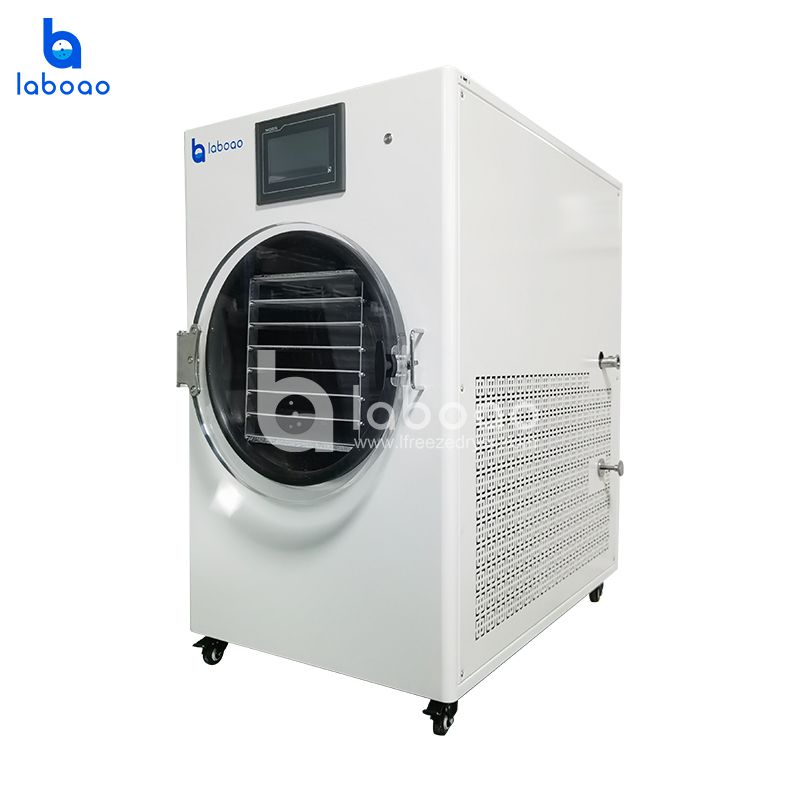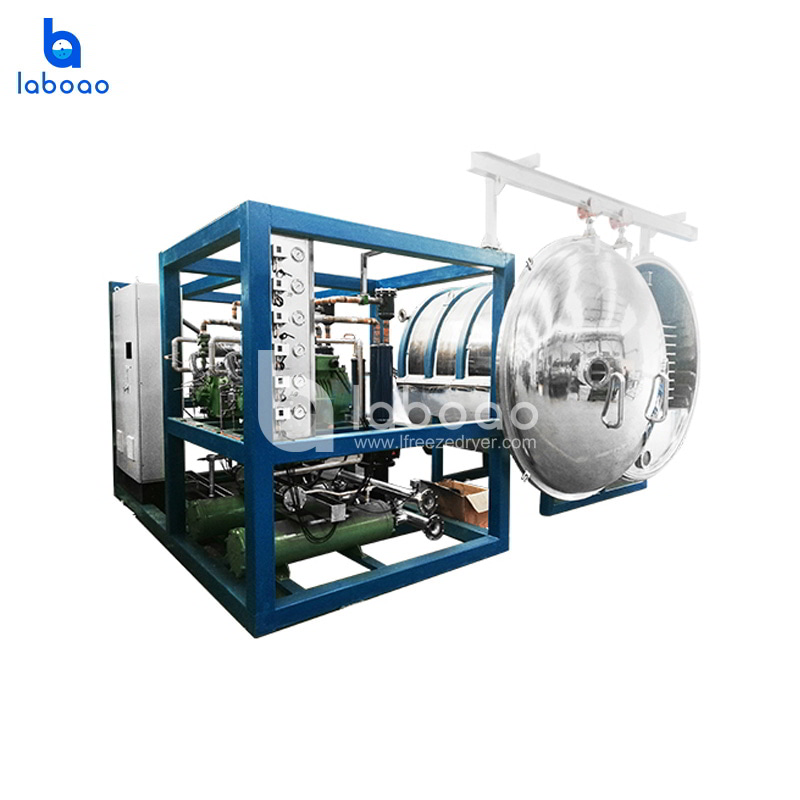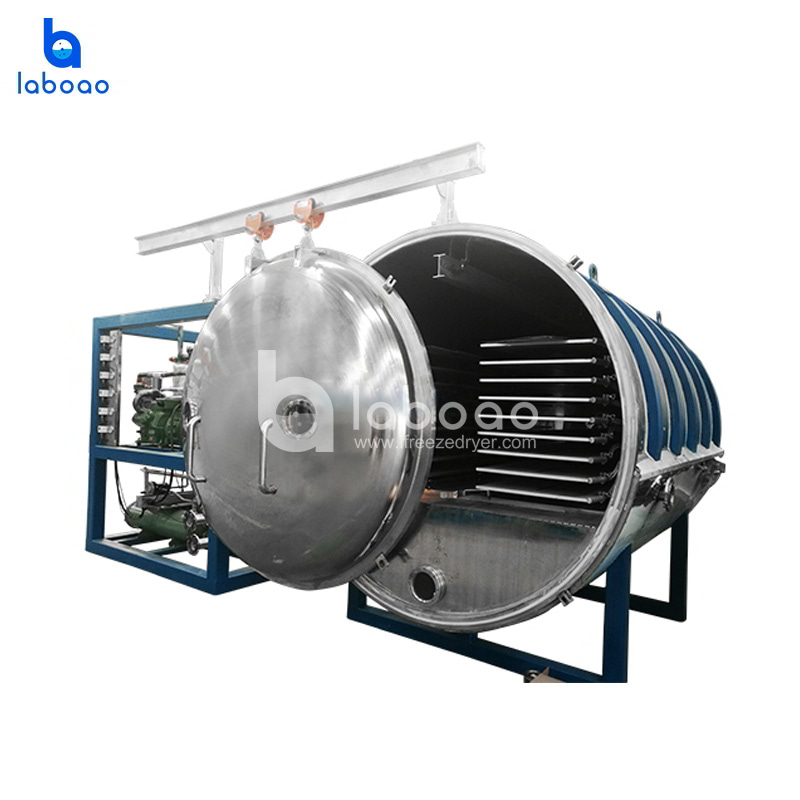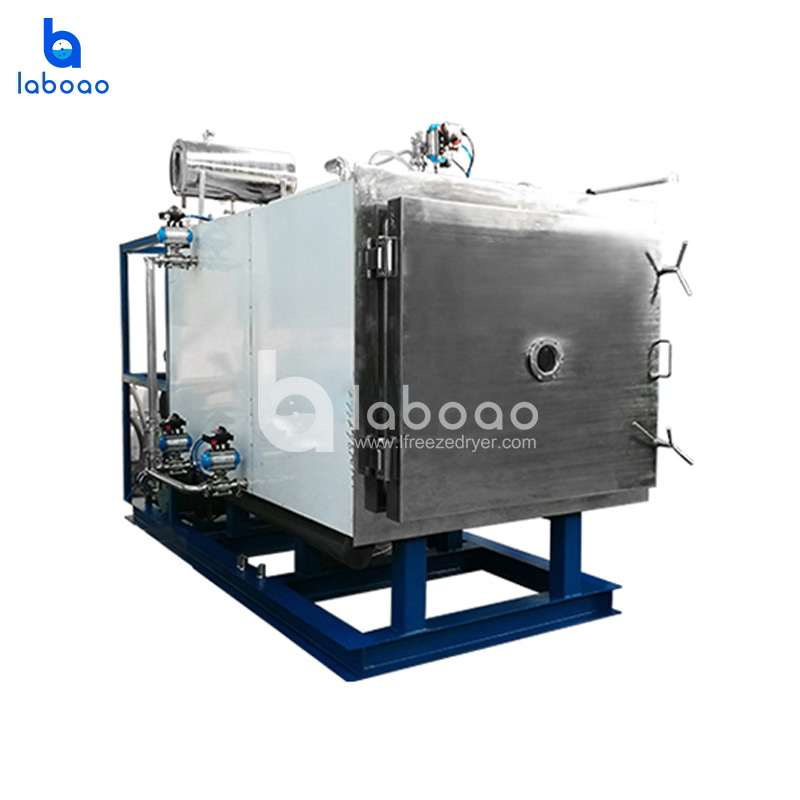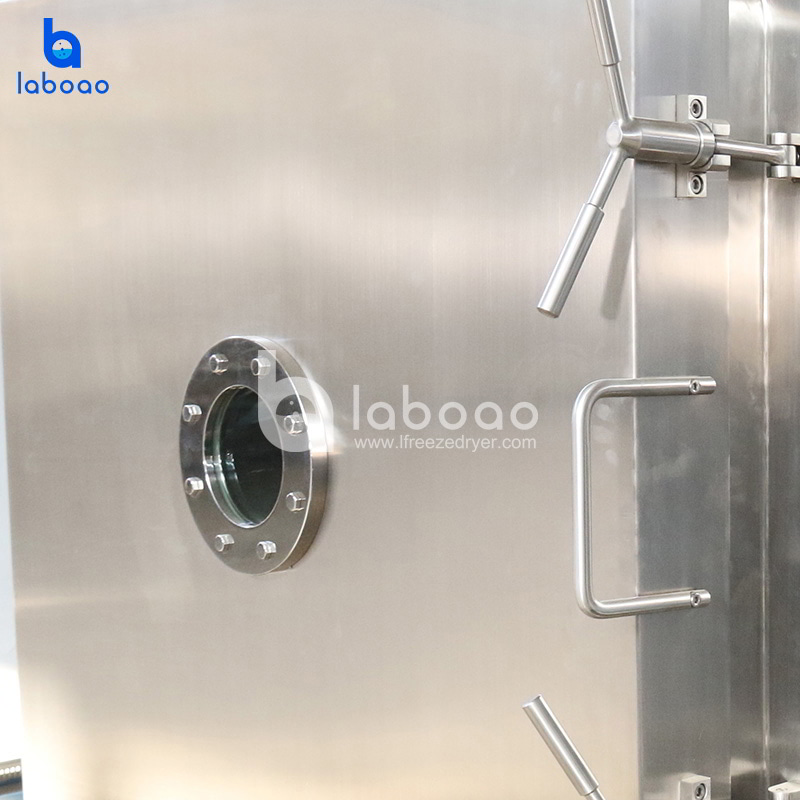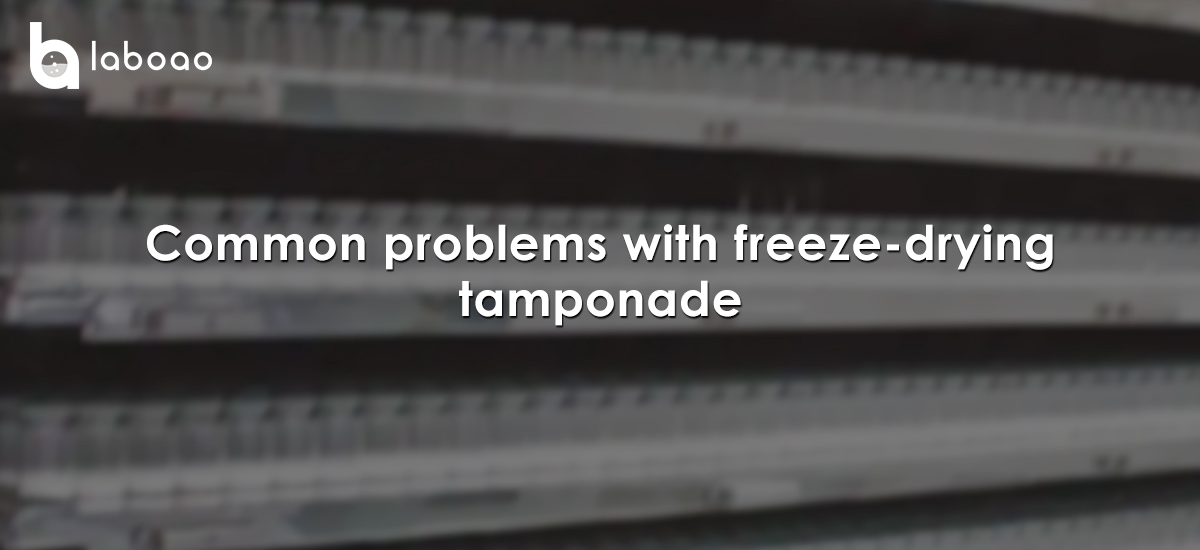
If the quality of the plugging after freeze-drying is not good, it will have a great impact on the sterility of the product, and the subsequent capping process cannot be carried out, resulting in the freeze-dried product not being able to enter the market, causing great losses to the manufacturer.
The following are common problems after plugging after freeze-drying: plugging is not in place, plugging is sticking, plugging is sticking to the lower surface of the plate layer, and the bottle is crushed after plugging. Among them, the problems of not being in place and sticking are more common, and are also common problems encountered by many antibiotic bottles of freeze-dried powder injections.
(1) The problem of not being in place after plugging
After plugging, the plug does not enter the bottle mouth completely, resulting in the upper part of the bottle mouth not being completely sealed, and external air can easily enter the bottle, resulting in the subsequent capping process cannot be carried out, and greatly increasing the risk of contamination. Sometimes, after the plugging is completed, the entire batch may not be plugged in place, or it may be plugged in a certain area. In addition, there are also individual batches where a series of bottles are not plugged in place. Bottles that are not plugged in place after plugging are directly discarded and cannot enter the next capping process.
(2) The problem of sticking after plugging
The problem of sticking after plugging is very common. Sticking means that after the plugging is pressed and the plate layer is lifted, the plug sticks to the lower surface of the plate layer. Sometimes only the plug sticks, and sometimes the plug and the bottle stick to the lower surface of the plate layer together. This brings inconvenience to the subsequent discharge and is easy to fall over. At the same time, it is also very troublesome to take out the plug and bottle stuck to the lower surface of the plate layer. Some plugs or bottles fall on other bottles that have been plugged during discharge, which is also very difficult to handle.
The problem of sticking after plugging is quite serious. The plug and the bottle stick to the lower surface of the plate layer together. After some plugging is completed, there may be only a few bottles stuck to the plate layer. You may not pay attention to it during discharge. Finally, the bottles are directly crushed after the discharge is completed, or some fall off and remain at the bottom of the box. In this way, there are residual bottles at the bottom of the box after each discharge. If they enter the drain valve and are not discharged, the valve cannot be completely closed, which has a great impact on the freeze-drying vacuum.
(3) Bottle breakage after plugging
The reason why bottles break after plugging is that the pressure on the bottles is too great and the bottles break under the heavy pressure. Bottles in different areas are subjected to uneven forces, which causes bottles with large local forces to break. Bottles of each specification have a certain pressure bearing capacity. When the pressure is greater than the pressure bearing pressure, the bottle will break easily. If the actual pressure on the bottle is less than the pressure bearing pressure, the bottle will not break.

